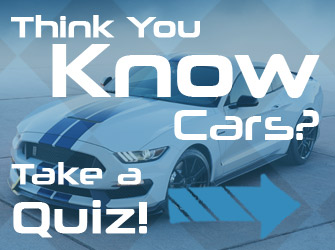Most Quintessential Cars of the 1960s
The phrase “bat shit crazy” comes up a lot these days, whether talking politics, business, or celebrity scandals. It also applies to cars of a certain age. The space race seems to have driven everyone mad in the 1960s, and car designers, and the car buying public, bought up lots of weird and wonderful rides. Here are the most iconic quintessential cars of the 1960s.
Ford Mustang
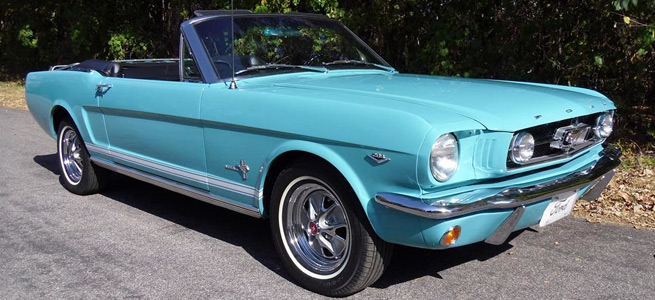
Probably the single most iconic ’60s car in America, the 1964 Mustang started a revolution. Good looking and cheap, the original Mustang wasn’t fast, but offered a V8 option that showed the capability of the design. Later, better V8s and a solid four-speed manual transmission made the light Mustang a blast. Fastbacks and convertibles offered body styles for everyone, and even Carroll Shelby got in on the fun. The Mustang is a legend so big, non-car people – even kids! – know what it is.
Chevy Camaro
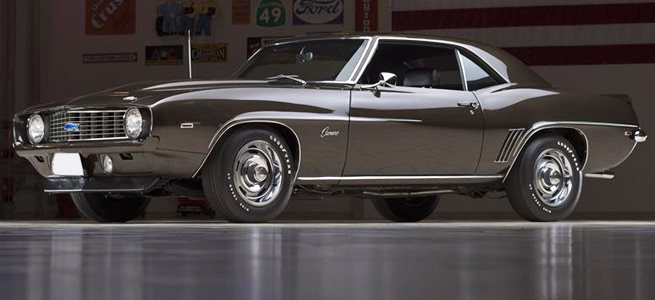
Two and a half years after the launch of the Mustang, Chevy had their answer ready. The Camaro followed the same recipe – under 3,000 lbs, rear-wheel drive, huge choice of engines, and great design. The muscle car era was in full swing by late ’66, so the Camaro was a little more focused from the start, even offering big block power. While it wouldn’t eclipse the Mustang’s sales numbers for another decade, today the first generation Camaro is a Barrett-Jackson king.
Chevy Corvette
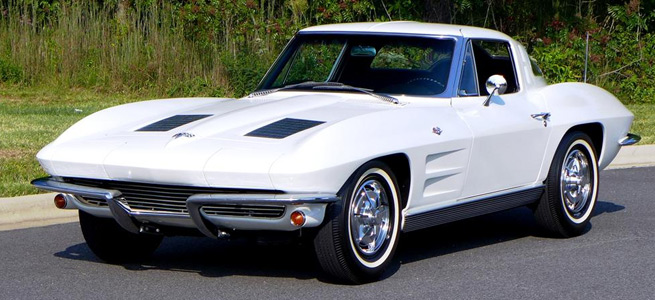
While the C3 ‘vette was famously painted NASA colors and given to Apollo astronauts, it is the earlier C2 that is mainly known as the ‘60s Corvette. Coming off the ‘1950s era first generation, the 1963 Corvette was based off the beautiful Mako Shark concept car, and most of the lines made it to production. The big block was introduced this generation, as was independent rear suspension, finally making it a real sports car. Originally somewhat affordable, the big block C2s can routinely sell for six figures.
VW Beetle
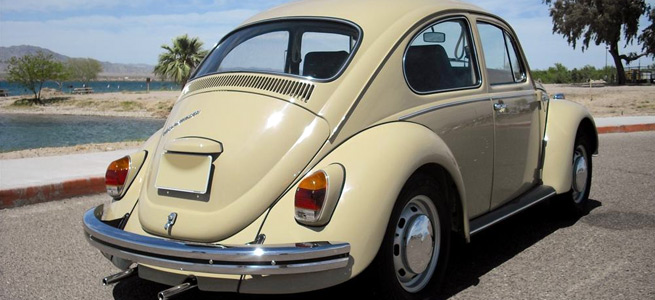
The Beetle has an interesting history, which happens when production spans from 1938 to 2003. The most famous version, the Type 1, is also the most popular, with over 21 million sold. The little air cooled cars were fun, cheap, and decently reliable, so they helped pave the way for the much more expensive German iron, like BMW and Mercedes. The original Beetle was produced in Mexico for a number of years alongside the radically different New Beetle. The final year, 3,000 commemorative editions hit the streets, with a whopping 50 horsepower.
VW Microbus
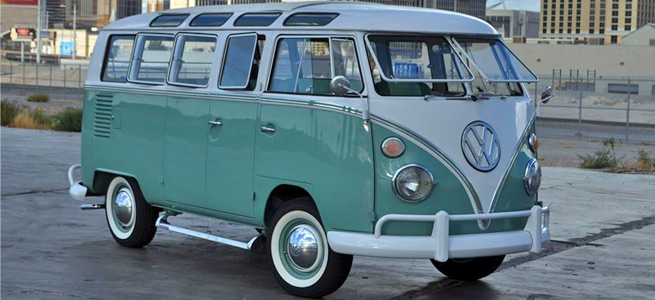
Officially the Type 2, the “hippie van” was every bit the sales and pop culture success of the Type 1 Beetle. The ‘60s spanned production of the T1 and less attractive T2 generations. Similarities included a rear mounted air cooled engine and rear wheel drive, but the high center of gravity made it less fun than a Beetle. The “chicken tax” killed any new vans in the early ‘70s, so the Microbus didn’t earn nearly the acclaim in the US, although it was produced abroad until 2013.
Lincoln Continental
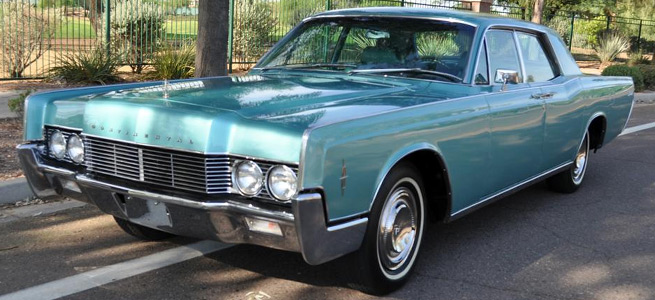
A design icon of the ‘60’s the slab side Continentals were produced from 1961 to 1969. The design was completely unlike the previous Mark X Continental, other than both cars were giant. New with this generation was the rear-hinged “suicide doors.” Combined with its gangster looks, luxurious interior and cushy ride, the Continental was a solid seller for such an expensive car. It also achieved infamy as the car President Kennedy was assassinated in back in 1963.
Plymouth Barracuda

The ‘cuda is famous as one of the most expensive muscle cars at auction these days, but it has rather humble beginnings. Launched just two weeks before the competing Ford Mustang, the first Barracuda was an attractive coupe version of the Plymouth Valiant. It was pretty, if standard, up front, but the rear sported a large and distinctive wrap-around glass. The second generation launched in 1967, with more muscular looks, and competent V8 engines, including the legendary 426 Hemi.
Shelby Cobra
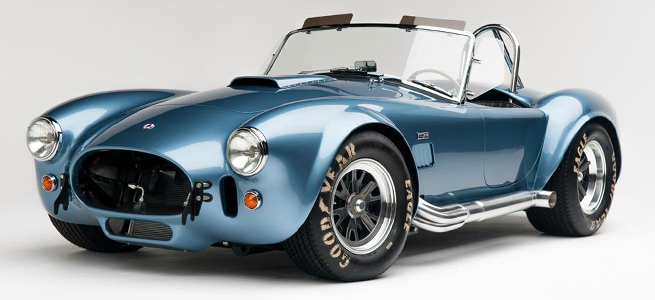
A racecar driver by the name of Carroll Shelby wanted to make a powerful and lightweight sports car in the early ‘60s. Using an AC Ace body, and a Ford sourced V8, Shelby made one of the most legendary race/street cars ever. Sold between 1962 and ’67, the Shelby Cobra is sometimes lumped in with the ultimate muscle cars. With a weight just over 2,000 lbs and a massive 427 V8 up front, the Cobra produced a traction limited 0 – 60 run of just 4.5 seconds.
Futura – Batmobile
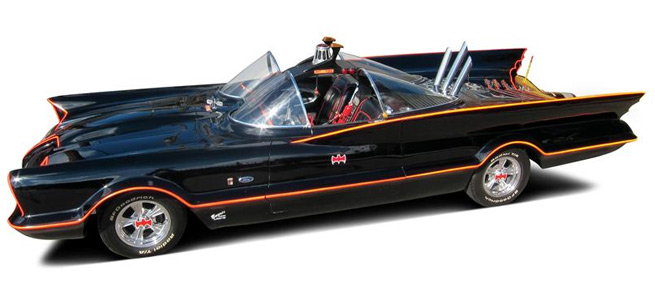
What’s a 1955 Lincoln concept car doing in a list of ‘60s cars? Well, after the show circuit ended for the wildly popular bubble canopy concept, it changed hands a few times, and rapidly deteriorated. When ABC looked to put the Caped Crusader on TV for the first time, he needed an appropriate Batmobile. The Futura was quickly (and expensively) modified, becoming a generation’s favorite classic superhero ride. Pow!
Jaguar E-Type
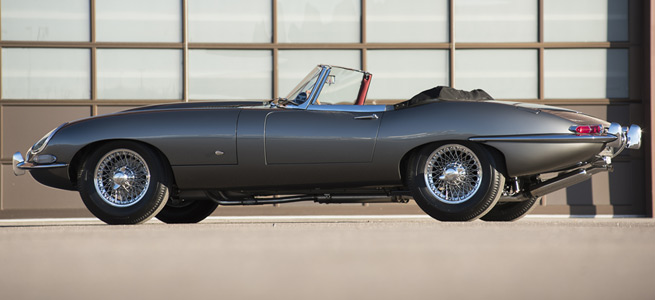
Produced from 1961 to 1975, the E-Type defined British sports cars of the era. Absolutely gorgeous, the E-Type would be considered among the best looking cars of all time. Based on a proper racing frame, the chassis was well sorted and a brilliant driver. The Series 1 offered 2 inline six cylinder engines, which were buttery smooth, if not the most reliable. Still, the Jag was able to singlehandedly advance the cause of British cars in the US, which is quite a feat.
Ferrari 250 GTO
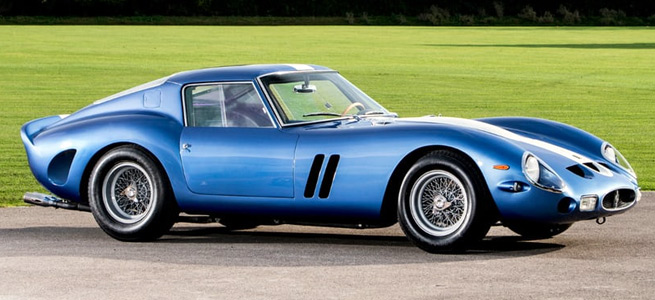
The 250 GTO was the F40 of the ‘60s. Also one of the best looking vehicles on this list, is one of Enzo Ferrari’s earlier designs. It sported a 3.0 liter V12 with 300 hp, moving just under 2,000 lbs. It dominated race tracks around the world. Originally, the car was about twice the price of a Corvette. Not bad for an exotic car that performs as well as it looks. Want one? Too bad. In 2013 a 250 GTO sold at auction for over 38 million dollars and as of this writing there are two for sale with price tags north of 55 million dollars.
Ford GT40
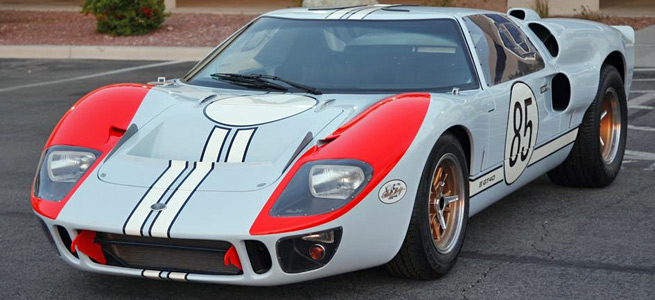
From 1964 to 1969, Carroll Shelby helped develop his ultimate car. While his Cobra and Daytona were killing it in the GT class, Henry Ford II wanted to embarrass Enzo in the top prototype class. The sexy GT40 showed potential, but flailed on the track. Once the program passed to Shelby, the 427 V8 GT40 started beating down everyone. How dominant was this car? In one year, it won the 24 Hours of Daytona, 12 Hours of Sebring, and 24 Hours of Le Mans, taking first, second, and third place, at all three races. Balls.
Aston Martin DB5
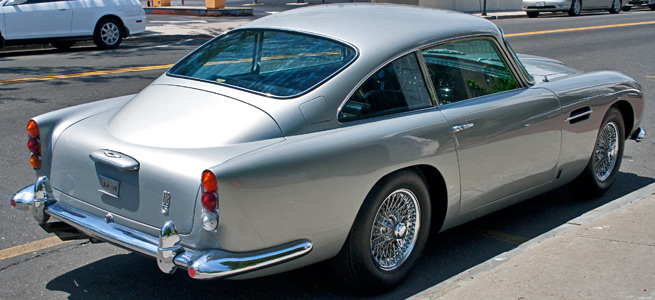
The DB5 just might be the ultimate grand tourer that all other GT strive to be. The car just looked expensive, even when it debuted in 1963. It’s arguably as good looking as the over-the-top MB gullwing. There was plenty of power in the 4.0 liter inline six that was as smooth as the ZF 5-speed transmission. Keep in mind, that was a 5-speed available 20 years before they were common place. It was classic, muscular, but still sported lines and character bits that we see on modern Astons today. That is why it’s Bond’s ride of choice. Mine too.
Chevy Chevelle
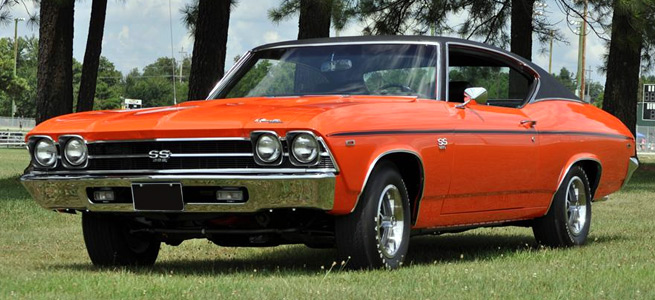
Arguably, the Chevelle ranks at the top of many muscle car lists. While the placement is debatable, there’s no question that the Chevelle is a muscle car legend and one of the best of the era. The Chevelle peaked in 1970 with the 450 hp LS6 SS, but the ‘60s weren’t slow either. The 1964 debut wasn’t great, with just a 220 hp V8, but the gloves came off once Pontiac released the GTO. The 327 was added mid-year, and by ’66, the 396 was available with well over 350 hp.
Pontiac GTO
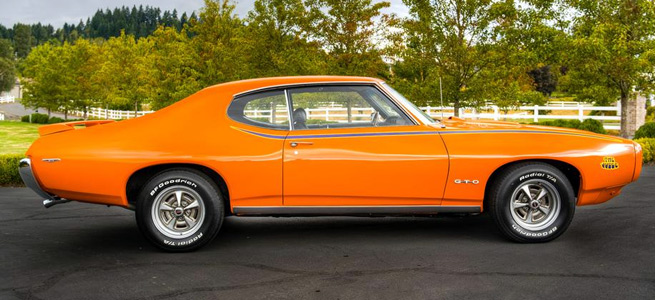
Speaking of the GTO, with a ban on factory-backed racing, the brains behind Pontiac were looking to put some hype into their lineup. Another lame ban limited mid-size vehicle to mid-size engines (330 ci or less), but Pontiac found a loophole by listing the GTO as an option, which just happened to include a 325 hp 389 V8. Making 100 more hp than cars in its class was very noticeable for the time, and the legend instantly became a pop icon and it launched the muscle car wars.
Lamborghini Miura
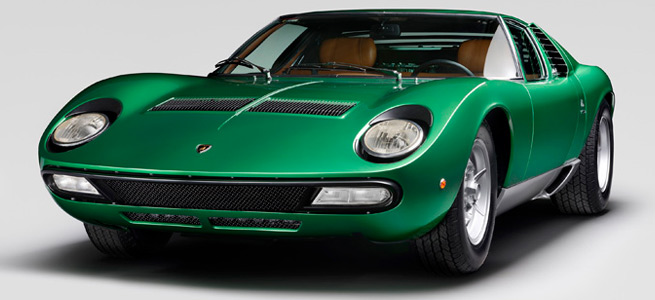
The iconic Miura is beautiful, but surprisingly, company founder Ferruccio Lamborghini was not a fan. He preferred upscale GT cars, like Lambo’s previous 350GT and 400GT. The Miura was quite different, with sleek racecar lines and a purpose built mid-engine layout. At its debut in 1966, the 3.9 liter V12 made a remarkable 350 hp, and the aerodynamic body enabled it to become the fastest production car on Earth.
Chevy Impala
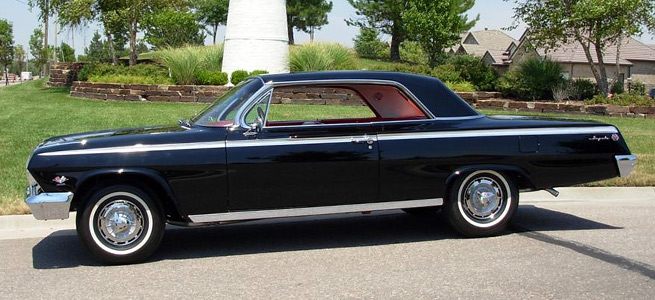
The 1961 Impala debuted Chevy’s full-size styling for the new decade, communicating cleaner lines on their large cars. The third generation Impala continued to receive the largest Chevy engines, including the 409 made famous by a Beach Boys song. It wasn’t just the large size for the time, but the output of one horsepower per cubic inch that made the 409 hp Impala a drag strip warrior. The massive fenders and trunk would later allow lowrider enthusiasts tons of room to hide airbags and hydraulics.
Porsche 911
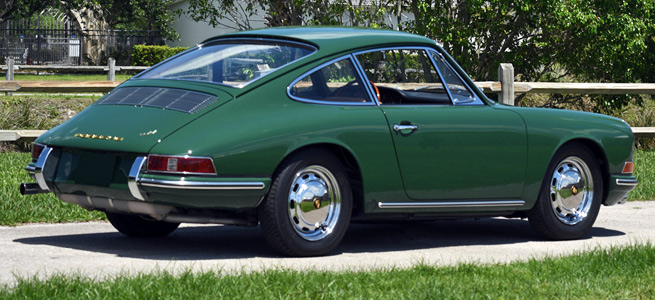
Ferdinand Porsche went looking for a larger, more powerful car to replace his first model, the 356. The replacement car would become an automotive legend, outliving him. The 1964 911 wasn’t a powerhouse, with a 128 hp flat six cylinder, but the beauty and handling dynamics were all there. The infamous Porsche options list began here, with targa tops and gasoline burning cabin heaters available in the ‘60s. While it wouldn’t get a turbo until the ‘70s, this is where it all started.
Toyota 2000GT
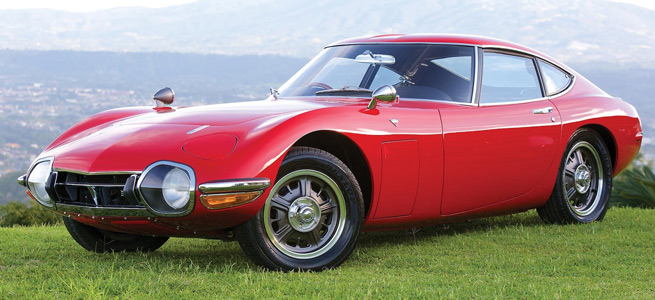
Japan’s first collectible car started life in 1965 as a Toyota show car. The model received critical success, and was put into production in 1967. While 2.0 liter inline six was down on power compared to other GTs of the time, its handling finesse was enough to defeat many more powerful cars on the track, earning a multitude of fans and wins. The design is among the best “coke bottle” styling ever made, and it was good enough for even James Bond to drive in You Only Live Twice.
Lotus Elan
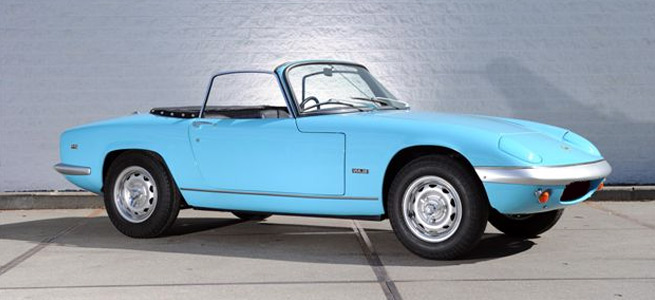
Squinting at a ‘60s Elan, you might confuse it with a ‘90s Mazda Miata. The Lotus design was ahead of its time (and the Mazda was retro), so it looks at home in almost any decade, even today. The Elan is unapologetically sports car, initially just a roadster seating two. With only 108 hp at launch, the Elan relied on its super lightweight and excellent handling to be a fun sports car. The minimalist design was attractive, and appropriately low and curvy. It became a minor legend in its own time, raising the reputation of Lotus worldwide.
Buick Riviera
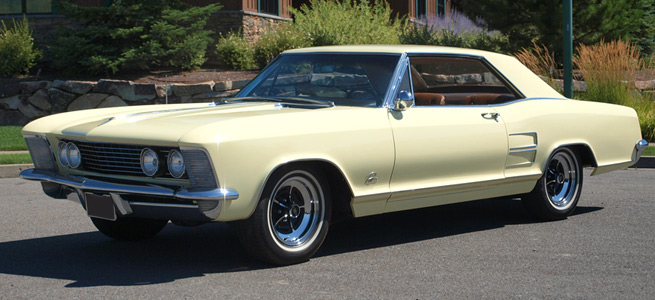
In the early ‘60s, Buick needed a personal luxury car to compete with the wildly successful Ford Thunderbird. Inspired by a custom Rolls-Royce, Buick’s Bill Mitchell sought a knife edged design for GM. After some minor tweaks, the 1963 Riviera launched to critical and sales success. A combination to sharp angular and classy lines, with the already in progress muscular style created the best looking Buick ever made. Later versions would offer more performance, but a first generation GS defines the best of GM in the ‘60s.
Shelby Daytona Coupe
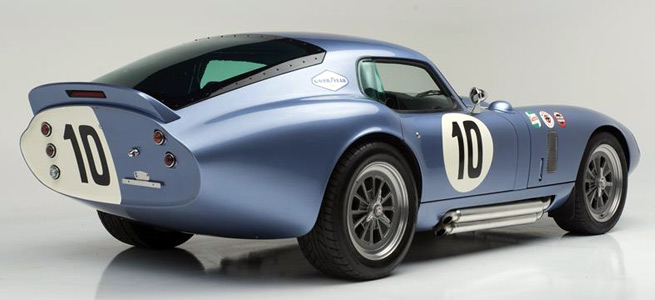
The Shelby Cobra was designed to kick Ferrari butt on high speed courses. Shelby found a flaw in the powerful Cobra, as the open cockpit limited top speed to less than 160 mph. Using a wrecked Cobra, the gorgeous bodywork was hand hammered to life, making the first Daytona Coupe. With its 190 mph top speed, the coupe won
several class wins and set 25 speed records at Bonneville.
Studebaker Avanti
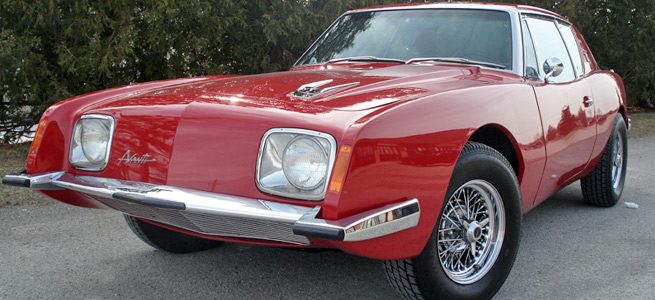
Studebaker was struggling by the late ‘50s, and a halo car was seen as part of an answer to their sales problem. The Avanti was a fiberglass sports car similar to the Corvette, with a stout V8 as the only engine. While it was attractive and safe, Studebaker sold less than 2,000 Avanti the first year. It sold slightly better the next year, but nowhere near enough to save the company from its financial troubles. Production ended December 1963, when the plant was shut down. Studebaker faded slowly, but the Avanti name still has presence.
Chevy Corvair
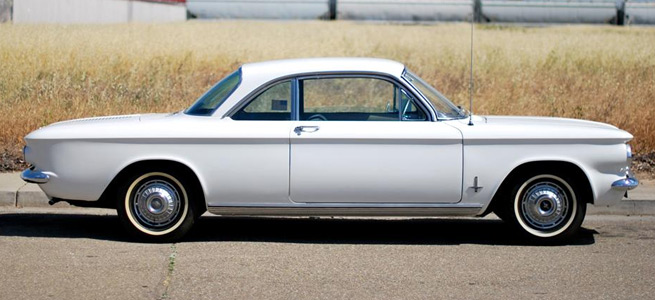
The fully sealed, Tesla-like grille should be an indication that there’s something up with this Chevy. Unlike its competition, or any other GM car, the Corvair is rear-engine like the 911 above. Originally designed to compete with small cars like the VW Beetle and Ford Falcon, the Corvair displayed rather conventional 2-door, 4-seater styling. The first generation was introduced in 1960, and sold for under 2 grand. While the car rapidly improved over the years, American drivers weren’t used to the rear weight bias, and the Corvair earned an unfair reputation as a killer.
Jensen Interceptor
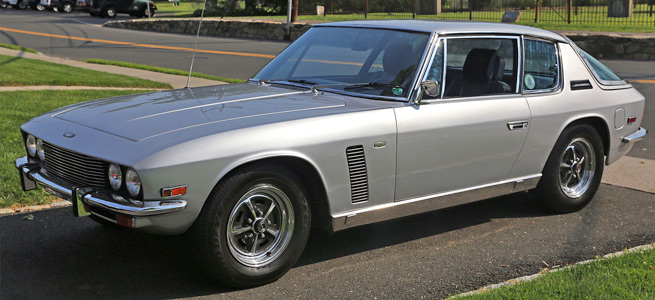
It’s a Ferrari GTC4Lusso with a burly ‘70s mustache. That’s the best way to think of the Interceptor. Jensen was a 30 year old British car company known for making unusual rear windows when their appropriately nutty Interceptor debuted in 1966. With a long hood and that odd ‘70s bubble rear, the car looked like nothing else. While reliability was suspect, it had performance down, in the form of Chrysler V8s, including the big ol’ 440. A little over 6,000 cars rolled off the line before Jensen folded in ’76, but the Interceptor was cool enough that it is currently planned for a revival.
So those are the most quintessential and iconic cars of the 1960s. Agree? Disagree? Where’s the VW Thing? Let us know if we missed any, and what you think is the most memorable and iconic car from the 1960s.



















